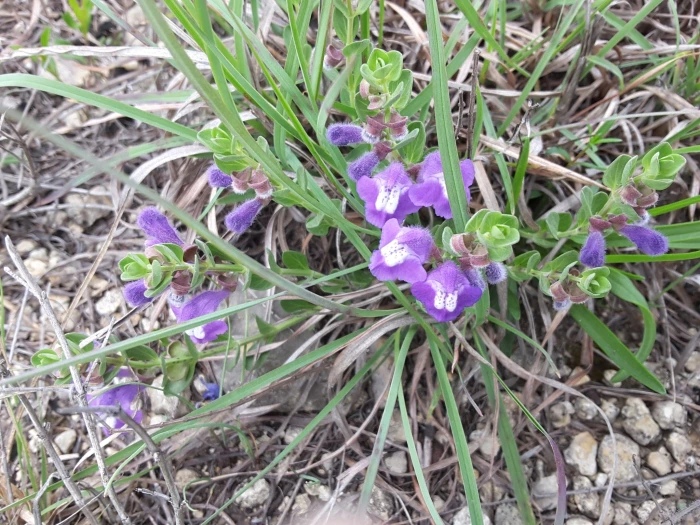Wright’s Skullcap
(Scutellaria wrightii)
Wright’s Skullcap (Scutellaria wrightii)
/
/

L Penn
Public Domain
Image By:
L Penn
Recorded By:
Copyright:
Public Domain
Copyright Notice:
Photo by: L Penn | License Type: Public Domain | License URL: http://creativecommons.org/publicdomain/zero/1.0/ | Rights Holder: L Penn | Publisher: iNaturalist | Date Created: 2018-04-03T11:11:08-07:00 |




























Estimated Native Range
Climate Requirements for Melbourne, Australia
| This Plant | Your Site | Plant Suitability for Your Location | ||
|---|---|---|---|---|
| • Precipitation | 11" - 52" | 26" | Your precipitation may be insufficient for this plant. Irrigate N" / year. | Irrigate N" / year |
| • High Temp. | 76°F - 97°F | 79°F | Your summer temperatures are normal for this plant. | Excellent |
| • Low Temp. | 21°F - 43°F | 43°F | OK, but your winter temperatures are warmer than normal for this plant | OK |
This plant should grow well at your location with about N inches per year (Y minutes per month) of irrigation.
Summary
Scutellaria wrightii, commonly known as Wright’s Skullcap, is a semi-deciduous perennial herb or subshrub native to the limestone outcrops, prairies, and rocky slopes of Texas, New Mexico, and Oklahoma. It typically grows to a height of 0.2-1 feet (0.06-0.3 meters) and a width of 1-2 feet (0.3-0.6 meters). Wright’s Skullcap has a mounding form with branching stems and ovate, serrated leaves. From late spring to early summer, it produces tubular, two-lipped purple flowers that are highly attractive to bees and butterflies.
Wright’s Skullcap is valued for its drought tolerance and the vibrant purple flowers that add color to rock gardens, borders, and native plant landscapes. It is also used in xeriscaping due to its low water requirements. This plant is well-suited for cultivation in well-drained soils and thrives in full sun to part shade. While it is generally low-maintenance, it may require occasional pruning to maintain its shape and promote denser foliage. Wright’s Skullcap is not commonly associated with serious pests or diseases, but it can be susceptible to root rot if overwatered or planted in poorly drained soils.CC BY-SA 4.0
Wright’s Skullcap is valued for its drought tolerance and the vibrant purple flowers that add color to rock gardens, borders, and native plant landscapes. It is also used in xeriscaping due to its low water requirements. This plant is well-suited for cultivation in well-drained soils and thrives in full sun to part shade. While it is generally low-maintenance, it may require occasional pruning to maintain its shape and promote denser foliage. Wright’s Skullcap is not commonly associated with serious pests or diseases, but it can be susceptible to root rot if overwatered or planted in poorly drained soils.CC BY-SA 4.0
Plant Description
- Plant Type: Herb, Subshrub
- Height: 0.2-1 feet
- Width: 1-1.5 feet
- Growth Rate: Moderate
- Flower Color: Purple, Blue
- Flowering Season: Spring, Summer
- Leaf Retention: Semi-Deciduous
Growth Requirements
- Sun: Full Sun, Part Shade
- Water: Low
- Drainage: Medium, Fast
Common Uses
Bee Garden, Bird Garden, Butterfly Garden, Deer Resistant, Hummingbird Garden, Low Maintenance, Potted Plant, Showy Flowers
Natural Habitat
native to the limestone outcrops, prairies, and rocky slopes of Texas, New Mexico, and Oklahoma
Other Names
Common Names: Skullcap, Resin-Dot Skullcap, Resinous Skullcap
Scientific Names: Scutellaria wrightii, Scutellaria brevifolia, Scutellaria integrifolia var. brevifolia, Scutellaria wrightii f. alba
GBIF Accepted Name: Scutellaria wrightii A.Gray